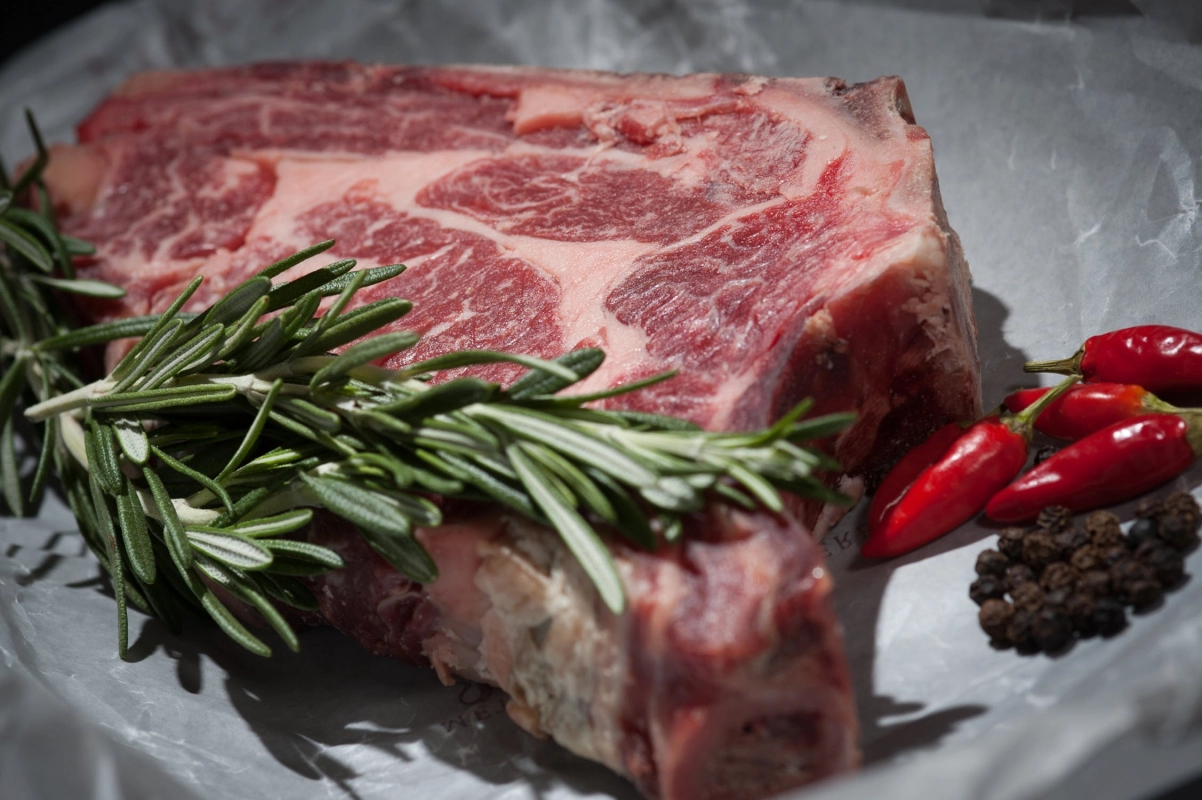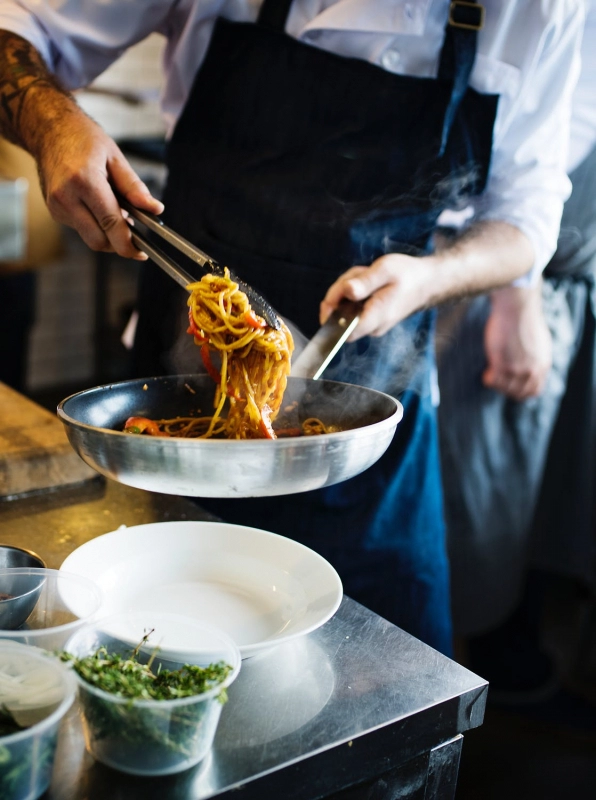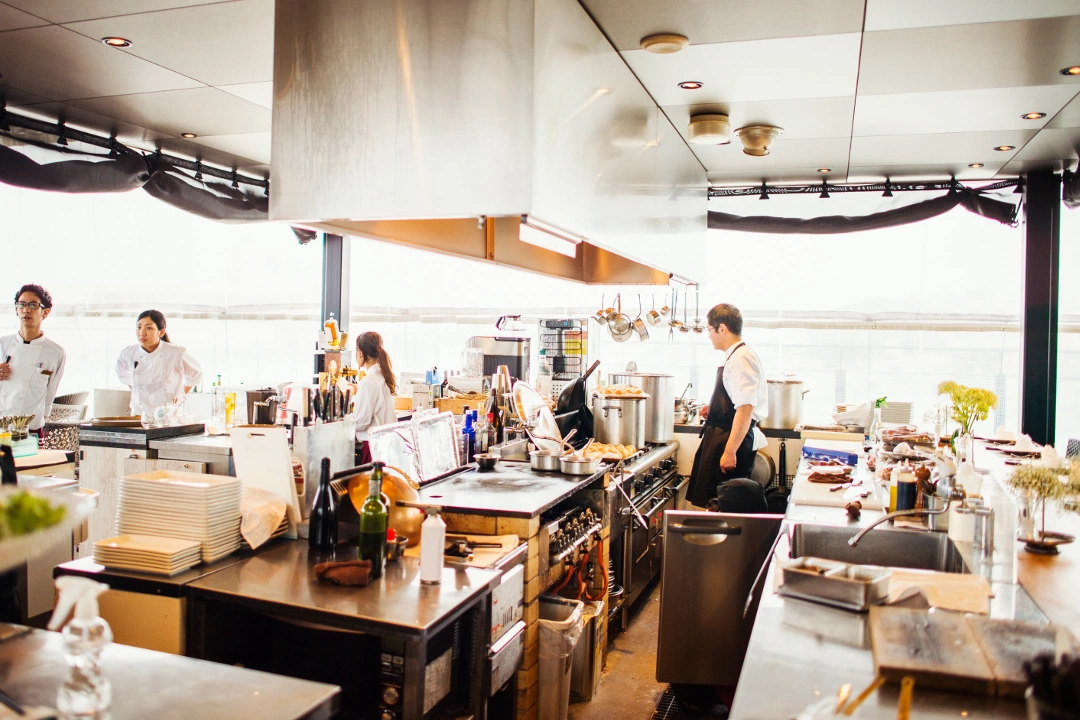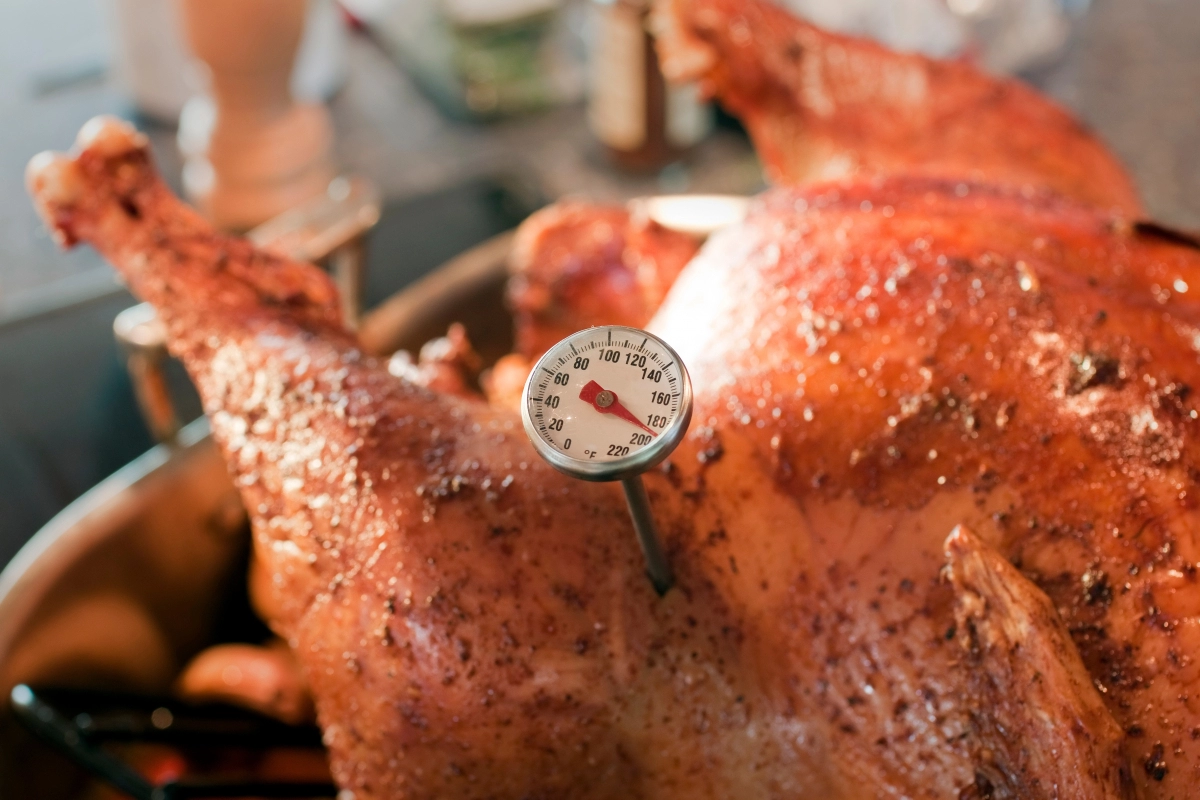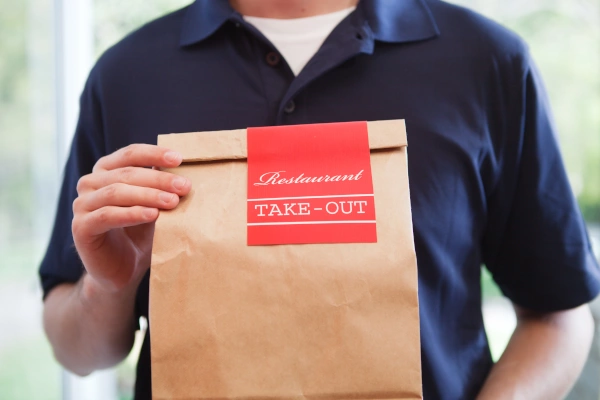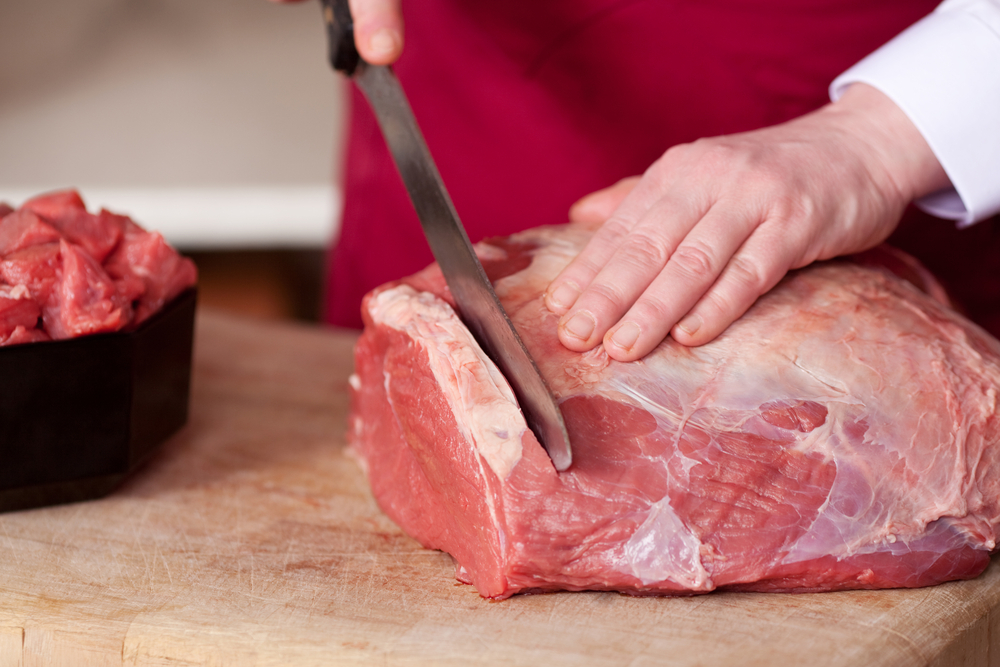
Effective food handler training is a must for any foodservice business, but it can be a struggle to find the right safe food handling certificate online. That’s why we developed Managing Food Safety (MFS), our flagship food handler certificate course designed to help food handler trainers access the most up-to-date, relevant, and engaging online course materials.
A nationally recognized, high quality food handling certification program, MFS introduces a variety of new measures to make food safety training more effective, including things like visual case studies that can help trainers to transcend language barriers, opportunities for experiential learning, and detailed regional information.
Managing Food Safety has been enthusiastically received by health authorities and food safety trainers around the country, who have said that the program makes the job of trainers easier, and makes learning more enjoyable for participants.

